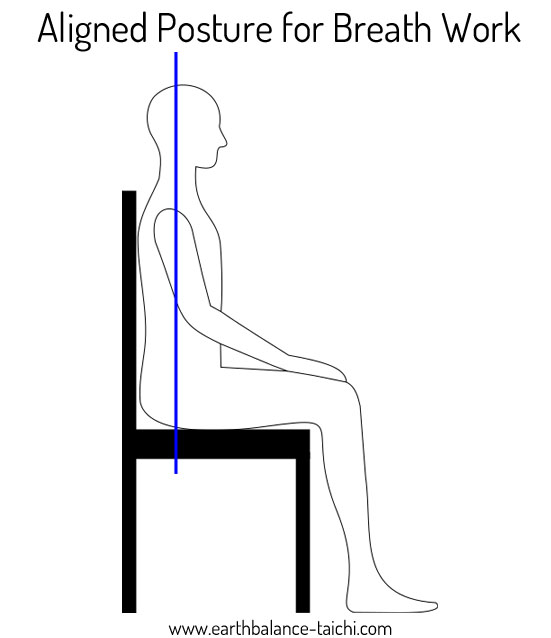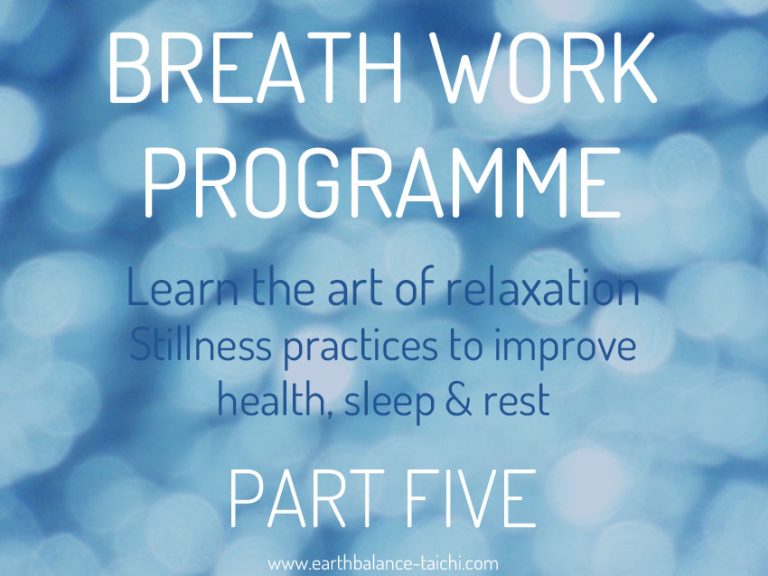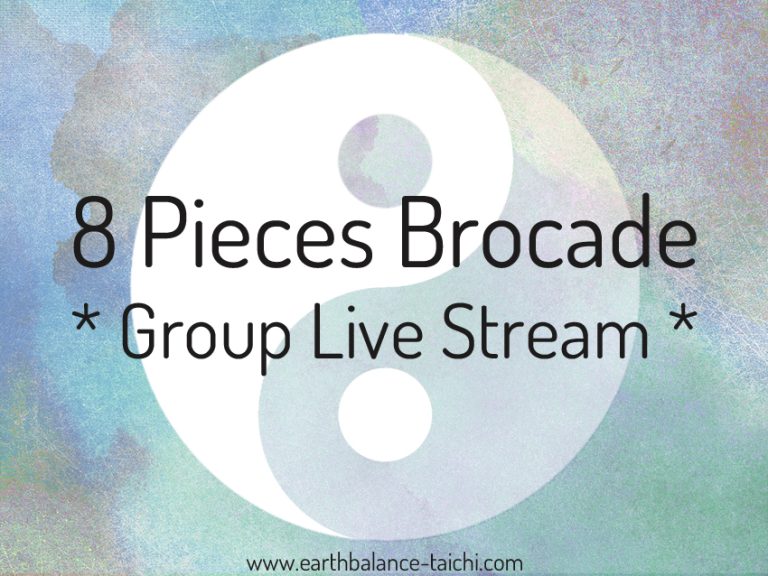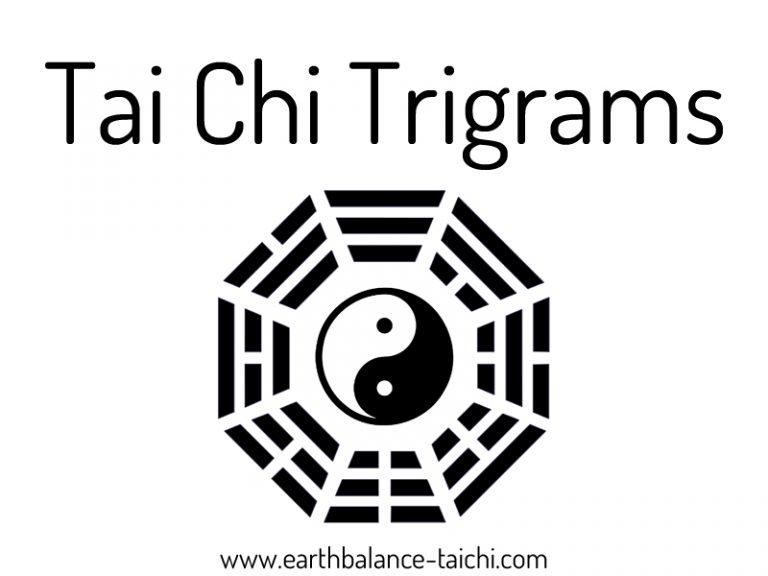Nourish Through Breath Part 2

Nourish Through Breath Part 2
Teach yourself better breath work techniques for optimum health
The second part of my breath work programme, looks at the relationship between pain and poor breathing habits. Learn about the role of the diaphragm muscle when taking a full breath and what the best posture is when performing breath work techniques. Explore how lymph system function is connected to diaphragmatic breathing to help your lymph fluid flow to the lymph nodes, to aid toxin removal and boosting your immune system function.
Part Two Contents
9. Chronic Pain
10. Full Breathing Preparation
11. Full Breathing
12. Physical Posture
13. Mouth or Nose?
14. Diaphragm
15. Lymph System
Chronic Pain
Diaphragmatic breathing activates the relaxation response. This helps us truly relax the mind and body. This slows down the heart rate and lowers blood pressure. This helps us reduce stress, anxiety, frustration and anger. This helps us release physical tension, relaxing the muscles and release inappropriate muscular contraction.
Focusing on deep rhythmic breathing helps create a positive distraction, helping to reduce pain and other stress triggers. Diaphragmatic breathing can help to reverse the physical signs of anxiety, which are shallow and rapid breathing.
You can learn to relax around chronic pain. It is not a cure for pain. It is a way to lessen the pain experience, reduce the fight to control the pain, relaxing the mind and help change your reaction to pain, and helping to increase your ability to cope with pain. Less chronic pain can also mean less chronic fatigue. The breath is the key to the relaxation response. The relaxation response is the key to managing chronic pain.
- By calming the mind through deep breathing, the body relaxes.
- By relaxing the body through deep breathing, the mind relaxes.
Full Breathing Preparation
Before training the breath, become aware of your current natural breath. Place one hand on your heart centre and one on your lower abdomen. Close you eyes and breathe naturally for a few minutes. As you breathe become away of the sound of your breath as you inhale and exhale. Become aware of movement. Which hand is moving when you inhale? Which hand is moving when you exhale? Is it one, or both, or a mixture. If the top hand is moving, this is chest or shallow breathing. If the bottom hand is moving, this is abdominal breathing. Next, spend a few minutes breathing your natural breath. This time slow down your breathing. Lengthen the inhale and exhale, without force or stopping. Observe how you begin to relax and the heart rate slows down. This is the first step towards training the breath.
Full Breathing
- The resting breathing rate is between 12-20 breaths per minute, breathing in 500ml of air (Page, 2001).
- By controlling and lengthening the breath it is possible to draw in an extra 2 litres of air, which is more than 20 times greater than the resting breathing rate (Parker 2009).
- Research states slow breathing techniques are linked to “increased comfort, relaxation, pleasantness, vigour and alertness, and reduced symptoms of arousal, anxiety, depression, anger, and confusion” (Zaccaro et al., 2018).
Physical Posture
Posture
- Align the body symmetrically.
- Align the crown and perineum in a straight line (head over heart, heart over pelvis).
- Avoid slouching and hunching over.
- Create a gentle bend in each joint.
- Release physical tension.
- Can be seated, standing (Zhan Zhuang Taoist standing practice), or lying down.
Eyes
- During breathing practice close the eyes gently.
- This helps avoid distraction.
- If you prefer to keep them open, half close them and soften your vision.
Tips
- Do not force the breath.
- Circular breathing without gaps or pauses.
- Relax the body as you focus on your breathing.

Practice aligning your body symmetrically when seated, standing or lying down.
Mouth or Nose?
In Taoist meditation, Qigong and Tai Chi practice, the majority of breathing methods are through the nose. For martial arts it is important to close the mouth so as not to bite the tongue. When breathing with the mouth open, taking a long and slow breath can be difficult as the throat is completely open. When breathing through the nose, the nose hairs help filter bacteria, viruses, pollen, dust and spores.
- Gentle close the mouth and teeth, avoid clenching and muscle tension.
- Relax the face, the cheeks, the jaw and throat.
- Place the tongue gently behind the top front teeth, gently pressing against them and the top palate.
- Breathe deeply.
With a closed mouth and the tongue in position, this constricts the throat slightly which helps you take a longer and slower breath. This also makes the breath slightly audible. If you are unable to breathe through your nose, please breathe through your mouth.
Practice breathing through the nose for 2-5 minutes.

Diaphragm
The highest quality forms of breathing involves the diaphragm. It is composed of both muscle and connective tissue. It is a separating sheath of muscle that lies between the chest cavity and the abdominal cavity. The diaphragm spans the entire torso with a domed / parachute shape. The rim attaches around the base of the rib cage and to the lumbar in the rear. It can directly move the base of the rib cage and the lumbar spine. The movement of the diaphragm moves the organs down and outwards. This expanding and compressing ‘massaging’ motion helps the organs to expel waste and draw in nutrients.

Lymph System
Our body systems only work effectively when we exercise, move and breathe. One aspect to consider is the seemingly invisible lymphatic system, whose function is vital to optimum health. The lymph system is the drainage system for waste, moving toxins and waste as fluid out of the blood and organs. Unlike the heart, there is no pump in the lymph system and yet there is more lymph fluid than there is blood. The lymph system only works through diaphragmatic breathing and body movement (muscular contractions).
Diaphragmatic breathing stimulates the whole lymph system. The expanding and compressing motion of breathing helps pump lymph fluid around the body. The action of the diaphragm contracting up and down draws lymph fluid up from the lower body in the direction of the heart, which is uphill drainage! This does not happen when breathing poorly.
“Deep diaphragmatic breathing stimulates the cleansing of the lymph system by creating a vacuum effect which pulls the lymph through the bloodstream. This increases the rate of toxic elimination by as much as 15 times the normal rate.” (Shields 1992). Research also discusses how combining movement with deep breathing is effective for lymph system activation; “there is a reduction in trunk fluid directly after performing arm exercises combined with deep breathing.” (Moseley, et al, 2005).
References
- Moseley, A. L., Piller, N. B. (2008). Exercise for limb lymphoedema: evidence that it is beneficial. Journal of Lymphoedema, 3(1). Available at: https://www.woundsme.com/uploads/resources/content_11126.pdf
- Moseley, A. L., Piller, N. B., Carati C (2005). The effect of gentle arm exercise and deep breathing on secondary arm lymphoedema. Lymphology 38(3): 136–45.
- Page, M. (2001). Human Body. DK Limited, London.
- Parker, S. ( 2009). The Concise Human Body Book. DK Limited, London.
- Shields, J. W. (1992). Lymph, lymph glands, and homeostasis. Lymphology, 25(4), 147–153.
- Zaccaro, A., Piarulli, A., Laurino, M., Garbella, E., Menicucci, D., Neri, B., & Gemignani, A. (2018). How Breath-Control Can Change Your Life: A Systematic Review on Psycho-Physiological Correlates of Slow Breathing. Frontiers in Human Neuroscience, 12, 353. https://doi.org/10.3389/fnhum.2018.00353
Copyright Notice
© 2021 www.earthbalance-taichi.com All Rights Reserved. As the author and designer of this tutorial, I am granting you permission to use these resources for your own personal use only. Reproduction of any kind without prior written permission is strictly prohibited - this includes but is not limited to making copies, distributing, teaching, selling or publishing online or offline whether for personal, educational or commercial use. Privacy policy www.earthbalance-taichi.com/disclaimer/
Terms of Use
The information contained on this webpage is for entertainment purposes only. The information provided is not advice, and should not be treated as such. The information is provided by “earthbalance-taichi.com and Earth Balance Tai Chi” and whilst we endeavour to keep the information up-to-date and correct, we make no representations or warranties of any kind, express or implied, about the completeness, accuracy, reliability, suitability or availability with respect to the Ebook or the information, products, services, or related graphics for any purpose. Any reliance you place on such information is therefore strictly at your own risk. In no event will we be liable for any loss or damage including without limitation, indirect or consequential loss or damage, or any loss or damage whatsoever.
Medical Advisory
Before starting this programme please consult with your doctor. Earth Balance Tai Chi cannot be held responsible for any injury, harm or damage caused directly or indirectly by relying on the information on this webpage.














